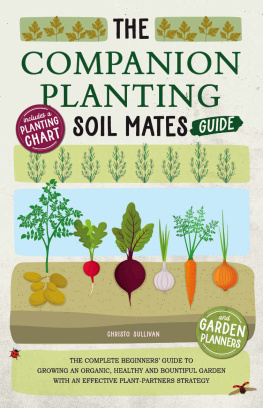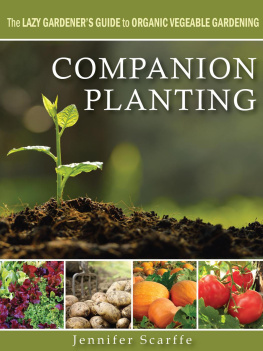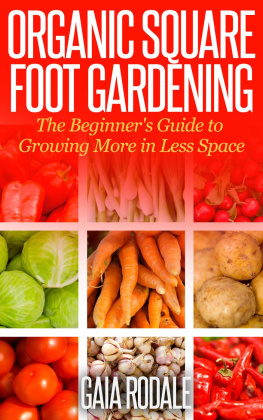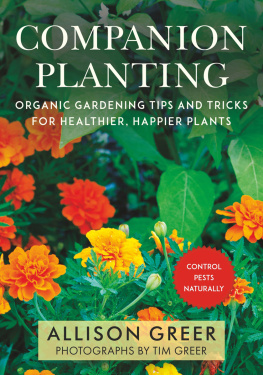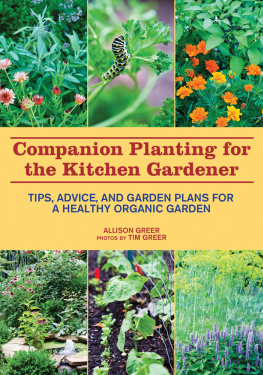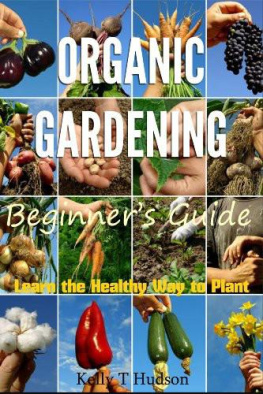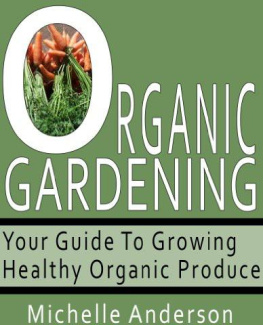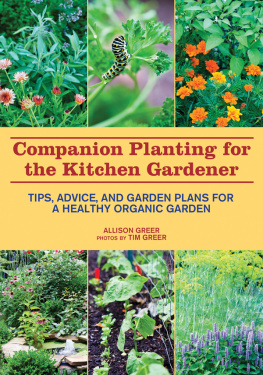Copyright 2022 by Christo Sullivan, All rights reserved.
This document provides exact and reliable information regarding the topic and issues covered. The publication is sold with the idea that the publisher is not required to render accounting, officially permitted, or otherwise, qualified services. If advice is necessary, legal or professional, a practiced individual in the profession should be ordered.
- From a Declaration of Principles which was accepted and approved equally by a Committee of the American Bar Association and a Committee of Publishers and Associations.
In no way is it legal to reproduce, duplicate, or transmit any part of this document in either electronic means or printed format. Recording of this publication is strictly prohibited, and any storage of this document is not allowed unless with written permission from the publisher. All rights reserved.
The information provided herein is stated to be truthful and consistent, in that any liability, in terms of inattention or otherwise, by any usage or abuse of any policies, processes, or directions contained within is the solitary and utter responsibility of the recipient reader. Under no circumstances will any legal responsibility or blame be held against the publisher for any reparation, damages, or monetary loss due to the information herein, either directly or indirectly.
Respective authors own all copyrights not held by the publisher.
The information herein is solely offered for informational purposes and is universal. The presentation of the information is without a contract or any guarantee assurance. The trademarks that are used are without any consent, and the publication of the trademark is without permission or backing by the trademark owner. All trademarks and brands within this book are for clarifying purposes only and are owned by the owners themselves, not affiliated with this document.
Introduction
A healthy and fruitful garden requires more than soil, sunlight, water, and fertilizers. What to plant close together and what to plant far apart depends on how many areas you have available and whether or not your plants can benefit from each other.
Some of life's worst aspects can be avoided by surrounding yourself with supportive friends. Even your plants know this! Companion planting is the practice of cultivating two plants near together for the benefit of one or both. One-sided or reciprocal benefits are therefore possible. To attract pollinators, plant nectar-rich flowers among the crops, or plant two vegetables to repel and confuse pests.
In Native American villages, the Three Sisters trioclimbing beans, maize, and winter squashwere typically grown together due to the plants' complementing characteristics: the tall corn supports ascending beans, the close to the bottom squash covers the ground to minimize moisture loss, and its huge, prickly leaves deter pests and weeds; and the quick growing beans are 'nitrogen fixers,' rendering nitrogen accessible to other weeds and pests.
Oaxaca, Mexico, was home to squash, wild beans, and teosinte for 12,000 years before humans cultivated crops. When hunter-gatherers began cultivating wild plants for nourishment, indigenous peoples began forsaking their nomadic lifestyle and began cultivating these plants for a more stable food supply.
Domestication of the first of the three occurred approximately 10,000 years ago. In the beginning, it was grown for its strong rind, which was used to manufacture utensils and bowls, and later for its nutritious seeds. Squash was originally bitter, but it was eventually improved by indigenous peoples.
The wild ancestor of maize is teosinte, according to legend. Some 9,000 years ago, the Mayans domesticated this grass, which had a 12-kernel seed head, into a useful and delectable crop. There have been many varieties of maize cultivated since then, with more genetic diversity than many other plants.
The common bean can be found throughout Mesoamerica and the Andes of Peru. For the past 7,000 years, a vine with coiled seedpods and little seeds has been selected and bred to produce greater seeds and bush development.
As in farmer's almanacs and other forms of garden wisdom, companion planting is generally based on observation. What works best for one person may not work for another. To make better plant selections, it may be helpful to view the garden as a biodiversity system where plants are interconnected and dependent on one another.
Chapter 1 : Companion Planting Basics
I'm sure there will be a brilliant and magnificent row of marigolds, or possibly a nasturtium meandering through the vegetable garden in your imagination. If I were to ask people if they grow basil with their tomatoes, most would gladly say yes.
For a plant to thrive and grow, it must be paired with a compatible companion. As a result, gardeners and farmers can cultivate an ecological community in which all plants are mutually beneficial to the garden and its inhabitants.
Companion plantings can be cared for in the same way as your regular garden. Soil preparation, planting at the appropriate time, and watering and fertilizing as needed are all still required.
1.1 Reasons To Grow Organically
Sustainable plant development for the benefit of the entire ecosystem is at the heart of organic growth.
Reasons:
Chemical pesticides and herbicides, including the infamous Monsanto chemical Roundup, are a hot topic. Many countries are considering outright banning certain chemicals in response to lawsuits alleging they cause cancer. They are based on mounting evidence that these harmful substances can be carried on to children, taint rivers, and serve as disease-causing substances with sufficient exposure.
Organic insecticides and biological control agents have seen an upsurge in demand due to these results. Healthy bacteria and fungi outcompete dangerous pathogens in a well-balanced ecosystem of soil microorganisms and fungi. Step three is integrating pest management into the overall plan of action.
An integrated approach to pest management aims to reduce and prevent pest infestations. Companion planting is a practice that is included.
Symbiosis & Ecosystems
The greatest method to solve difficulties is to work with others as a group. It's the same in nature. Symbiotic, or mutually advantageous, connections abound in natural ecosystems where plants and animals can survive. Remora fish and a shark are an excellent illustration of an odd pairing.
Good bacteria and helpful fungus nourish their host plant in the soil, for example. Your plants are protected from illness and stress by a hidden network of microorganisms.
Deterrence of Pests through companion planting
Many intriguing methods help companion plants keep pests at bay.
Masking - companion plants can interfere with pests' biological receptors and prevent them from recognizing and attacking your plant. To prevent mating and feeding behaviors
or to simply drive pests away from these plants, the plants emit compounds that do so
Complimentary plants, known as "trap plants," can bring pests in and then eradicate them. The poisons in some trap plants can also kill the insects attracted to them.
By offering food and shelter, companion plants might attract pests' natural enemies. Ladybugs and hoverflies are attracted to the long-rooted yarrow plant, which is sometimes employed to control aphid numbers.
Common Companion Plants
Incorporating the following plants into your growth plan has been demonstrated to be effective in repelling pests:
Basil -The pleasant aroma of basil deters a wide range of insects, including aphids.
Marigold -Insect pests such as nematodes and leafhoppers are deterred by the presence of marigold.

